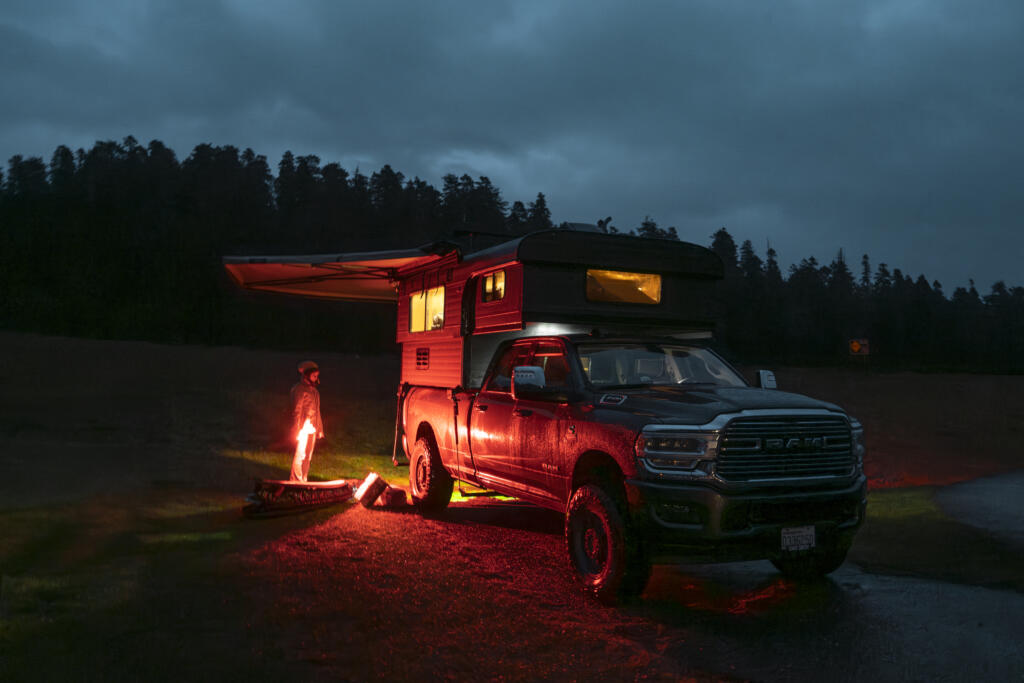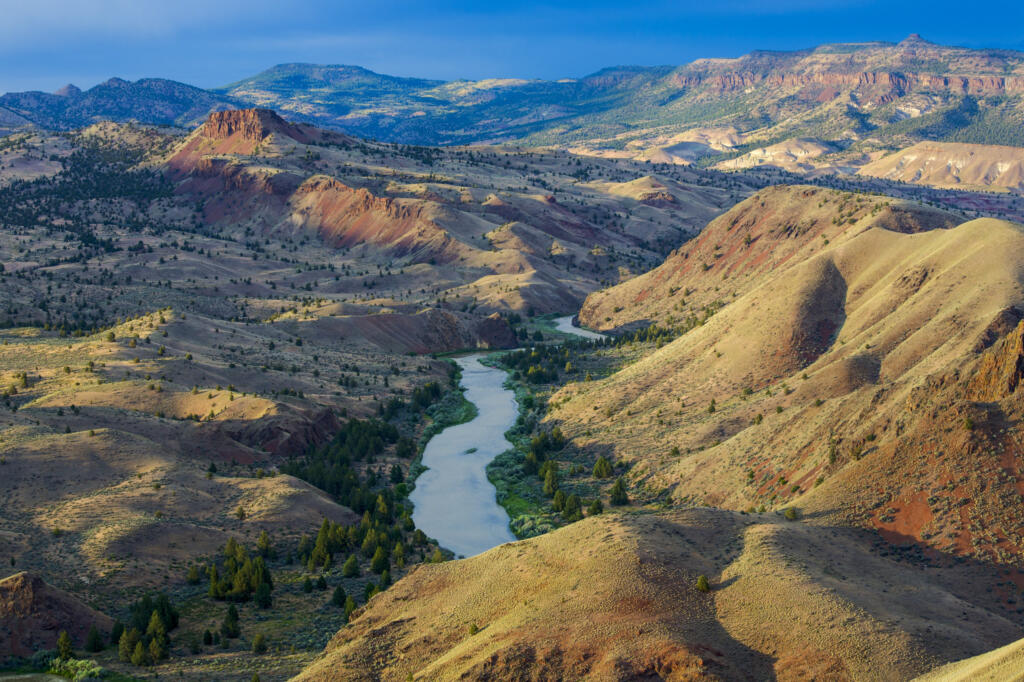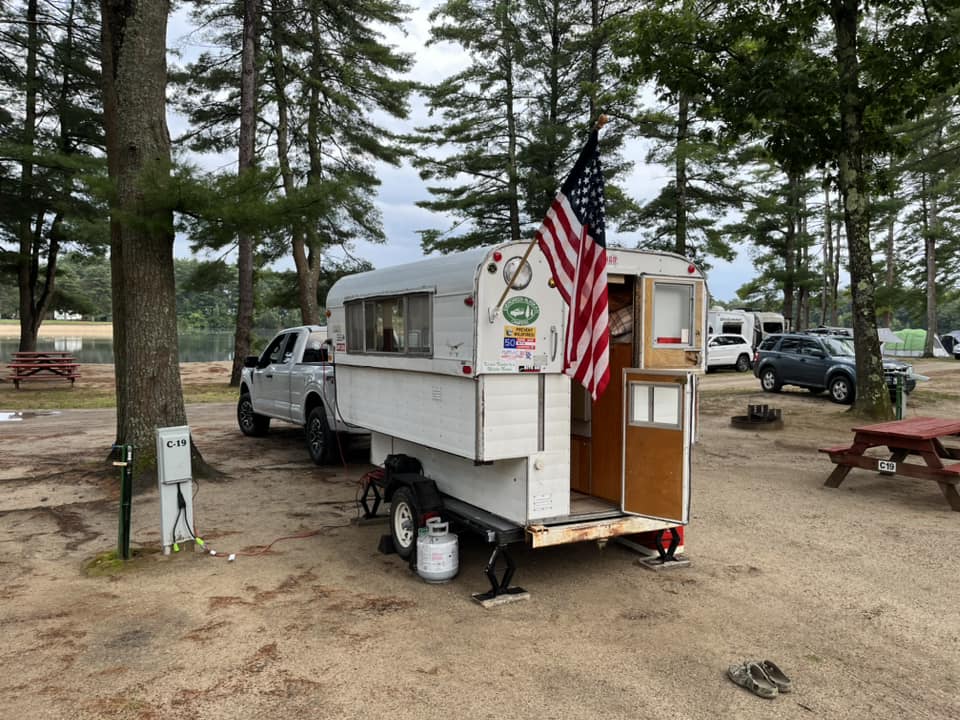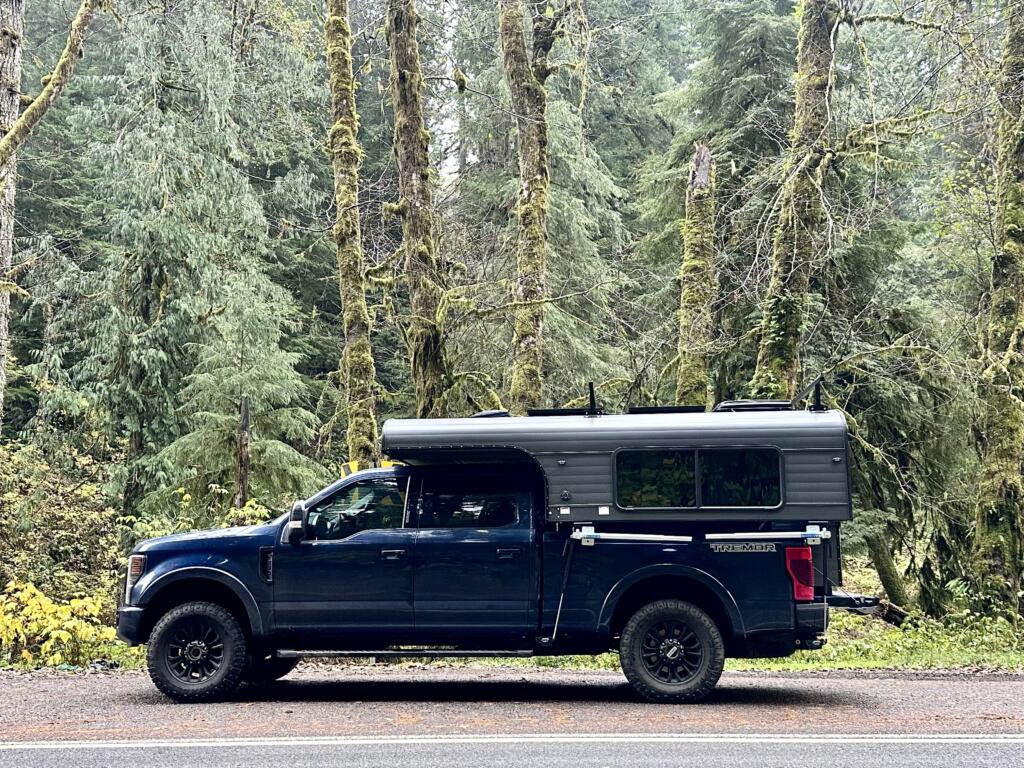Let’s Hunt: Eastern Oregon’s Deer and Elk Hotspots
Howdy, folks. Welcome to the latest installment of our Let’s Hunt & Fish series, where we share tips, stories, and a few hard-earned lessons from the field. Today, we’re heading to Eastern Oregon, a place that’s as rugged and rewarding as any hunting destination out there. If you’ve been around the block a time or two, you know what we’re talking about—this is big country, with big game to match.
Eastern Oregon isn’t just a spot on the map; it’s an experience. From the sagebrush flats to the alpine forests, this region offers a little bit of everything. Whether you’re after mule deer in the Ochocos or elk in the shadow of the Wallowa Mountains, you’ll find plenty of opportunities to test your skills and make memories. And let’s be honest—there’s nothing quite like the thrill of the hunt in a place that feels like it hasn’t changed in a hundred years.
So, grab your favorite camp chair and let’s talk about the when, where, and how of hunting in Eastern Oregon. Whether you’re a seasoned pro or just looking to relive the glory days, we’ve got you covered.

When to Hunt: Seasons and Timing
Timing is everything in hunting, and Eastern Oregon’s seasons are as varied as its terrain. Here’s the rundown:
Mule Deer
- Archery Season: Late August through September (perfect for early-season enthusiasts).
- General Rifle Season: Late October (ideal for pre-rut activity).
- Controlled Hunts: Some units extend into November, depending on the tag you draw.
Elk
- Archery Season: Late August through September (coincides with the rut—prime for bugling action).
- General Rifle Season: Late October to early November.
- Late-Season Hunts: November and December (challenging but rewarding, with snow adding an extra layer of adventure).
Pro Tip: Late-season hunts can be magical, but they come with challenges like snow and freezing temperatures. Pack warm, layered clothing and reliable navigation tools.
Top Hunting Locations in Eastern Oregon
Wallowa-Whitman National Forest
If you’re looking for a hunt that feels like an adventure, the Wallowa-Whitman is hard to beat. This area is rugged, beautiful, and full of mule deer and elk. The Wallowa Mountains, often called the “Alps of Oregon,” provide a stunning backdrop, but don’t let the scenery distract you—this is steep, demanding terrain that rewards preparation and persistence.
- Stunning views and plenty of game.
- Rugged terrain that keeps things interesting.
- Perfect for hunters who enjoy a challenge.
Ochoco National Forest
The Ochocos are a classic destination for mule deer hunters, and for good reason. With a mix of open sagebrush flats and timbered ridges, this area offers excellent visibility and plenty of opportunities to spot game. It can get busy during the general rifle season, but if you’re willing to venture off the beaten path, you’ll find solitude and success.
- Great visibility for spotting deer.
- A mix of terrain that keeps things fresh.
- Feels like the Oregon you remember from years past.

Heppner Unit
For a more accessible hunt, the Heppner Unit is a solid choice. This area features rolling hills and a mix of public and private lands, making it less physically demanding than some of Oregon’s more rugged spots. Mule deer and elk are plentiful here, and the open terrain makes spotting game a little easier.
- Less strenuous terrain (your knees will thank you).
- Plenty of game and easy access.
- A good option for hunters who prefer a laid-back experience.
Steens Mountain
Steens Mountain is a high-desert gem that offers a unique hunting experience. The wide-open landscape makes it easier to spot mule deer and pronghorn, but it also means long hikes and careful planning—water sources are scarce, so come prepared. The views alone are worth the trip, but the hunting is pretty good, too.
- Unique high-desert hunting.
- Panoramic views that’ll take your breath away.
- Perfect for hunters who like a little adventure with their hunt.
Sled Springs Unit
If elk are what you’re after, the Sled Springs Unit should be on your list. This area is a favorite among archery hunters, thanks to its mix of open meadows and dense forests. The elk population is strong, but the terrain can be challenging, with steep slopes and thick underbrush.
- Prime elk habitat (bugling guaranteed).
- Challenging terrain that keeps you on your toes.
- A great spot for hunters who enjoy a good challenge.

Tips for a Successful Hunt
We’ve all been around the block enough to know that hunting is equal parts skill, preparation, and a little bit of luck. But when you’re chasing big game in Eastern Oregon, a few extra tricks can make all the difference. Here are some tips to help you stack the odds in your favor—whether you’re a seasoned pro or just brushing off the old gear for another season.
Scout Like You Mean It
Use tools like OnX Hunt or GAIA GPS to map out public and private boundaries, mark game trails, and identify bedding areas and watering holes. If you can, get out there a few days early to glass and track recent sign. Pay attention to rubs, scrapes, and droppings—they’ll tell you more than any app can.
Pro Tip: If you’re hunting elk, focus on north-facing slopes during warmer weather and south-facing slopes when it’s cold. Elk are creatures of comfort, and they’ll move to stay in their temperature sweet spot.
Master the Wind
Big game animals have noses that put bloodhounds to shame. Always hunt with the wind in your face or at least quartering toward you. Carry a small bottle of wind powder or a lightweight wind checker to test conditions on the fly.
Pro Tip: If the wind shifts and blows your cover, don’t panic. Back out slowly and quietly, then circle around to reposition.
Patience Pays Off
Eastern Oregon’s game is highly mobile, especially elk. Settle in for long days of glassing, and don’t be afraid to wait them out. If you’re hunting during the rut, use cow calls or bugles sparingly and strategically.
Pro Tip: If you’re not seeing movement, change your elevation. Elk and mule deer often move up or down slopes depending on the time of day and temperature.
Gear Up for the Long Haul
Invest in high-quality optics, rugged boots, and waterproof, insulated layers for late-season hunts. Eastern Oregon’s terrain is unforgiving, and blisters can ruin a hunt faster than bad weather.
Pro Tip: Pack a lightweight tarp or ground blind in your daypack. It’s a lifesaver when you need to hunker down during a sudden rain or snowstorm.
Respect the Land and Wildlife
Practice ethical hunting—take clean shots, follow regulations, and pack out what you pack in. If you’re lucky enough to harvest an animal, use as much of it as possible.
Pro Tip: Carry a small trash bag in your pack and pick up any litter you come across. It’s a small gesture, but it makes a big difference.

No Easy Roads
Eastern Oregon doesn’t hand out easy wins. It’s rough, relentless, and just unpredictable enough to keep you coming back for another round. Whether you’re chasing mule deer through sagebrush or elk through dense timber, this place will push your patience, your gear, and maybe even your luck. But let’s be real—that’s why you’re here.
So, lace up your boots, fire up the coffee, and roll with whatever the backcountry throws your way. Because out here, the only thing tougher than the terrain is explaining to your buddies why you came home empty-handed.
Where are we heading next time? Stick around and find out.
